Is an aluminum frame good?
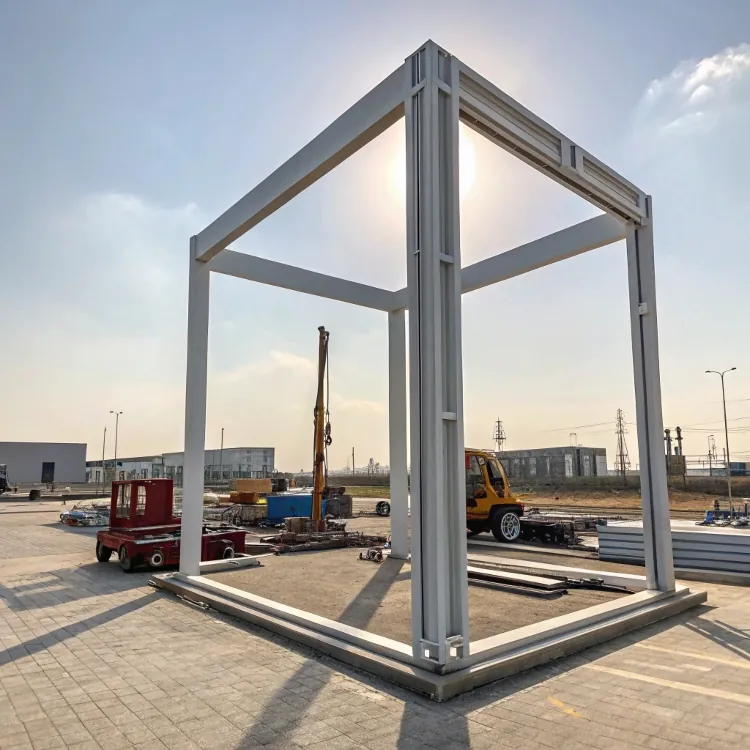
You want a frame that lasts, looks clean, and stays strong—but what if it also saves weight and resists rust?
Yes, aluminum frames are strong, lightweight, corrosion-resistant, and low-maintenance—ideal for construction, machinery, and solar panel applications.
The benefits make aluminum a top choice for frames in many industries. But is it always the best? Let’s break it down.
Is aluminum framing cheaper than wood?
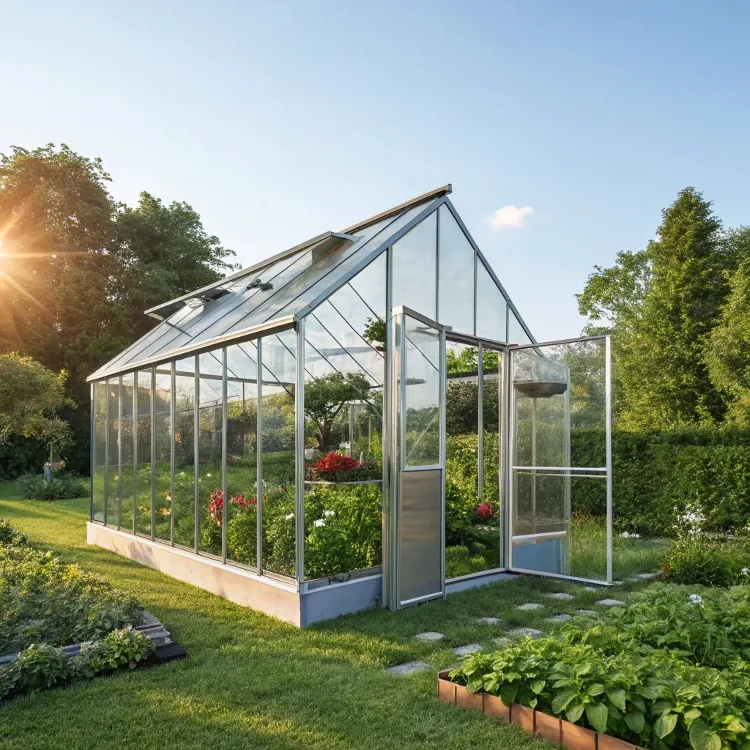
Cost always matters. Choosing wrong can blow your budget or cost you future repairs.
In most cases, aluminum framing1 has a higher upfront cost than wood, but it offers longer life and lower maintenance.
When I talk to buyers in construction or solar, this question comes up all the time. Aluminum framing, especially custom extrusions, costs more per meter than standard timber. But if you include lifespan, weather resistance, and low maintenance, aluminum becomes more affordable in the long term.
Cost Breakdown
| Material | Average Cost (per linear meter) | Maintenance | Lifespan |
|---|---|---|---|
| Wood (treated) | \$3–\$6 | Regular sealing, prone to rot | 10–15 years |
| Aluminum | \$6–\$12 | Low maintenance | 30–50+ years |
Consider Total Lifecycle
Wood framing may seem cheaper upfront, but it requires sealing, replacement, and repair. In humid or marine environments, I always advise aluminum. We’ve delivered framing for customers in Africa and Japan who deal with moisture and termites—aluminum solved those problems.
What is the lifespan of an aluminum frame?
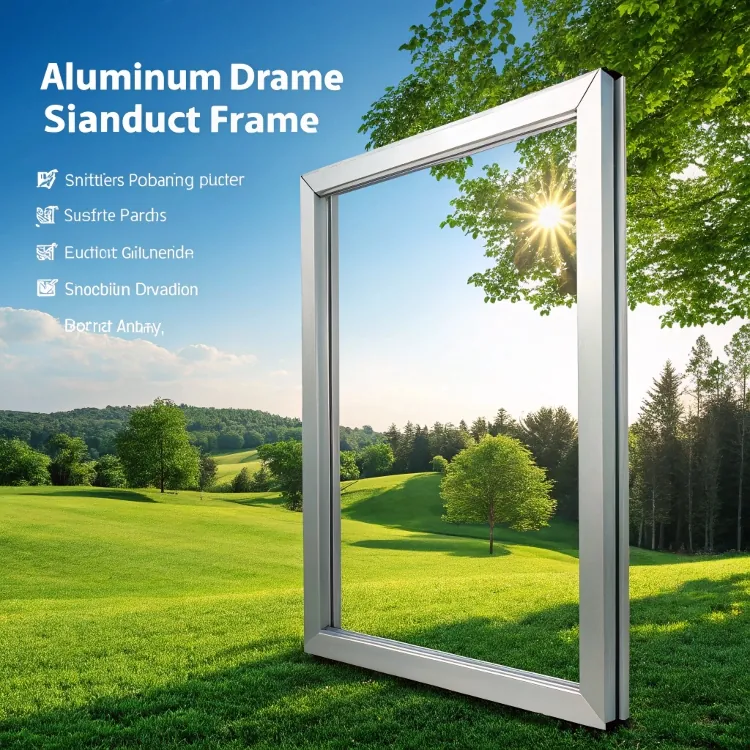
Longevity isn’t just a bonus—it’s a selling point. Buyers want frames that don’t need constant replacement.
Aluminum frames typically last 30 to 50 years or longer, especially with anodizing or powder coating.
The material doesn’t rust, and it resists UV degradation. In my factory, we use 6063-T5 alloy2 for most building frames. With proper surface treatment like oxidation or powder coating2, these profiles stay structurally sound for decades—even in outdoor use.
Key Factors Affecting Lifespan
1. Surface Treatment
Powder coating or anodizing protects the surface and extends life by decades.
2. Environment
Salt, moisture, and air pollution can shorten life—unless treated properly.
3. Installation Quality
Poor handling or improper fasteners can introduce galvanic corrosion with steel parts.
4. Alloy Type
6061-T6 and 6063-T5 are commonly used in structural framing for their durability.
Many of our solar panel customers report their aluminum frames2 lasting beyond the 25-year warranty of the panels. That kind of lifespan is a strong return on investment.
How strong is aluminum framing?
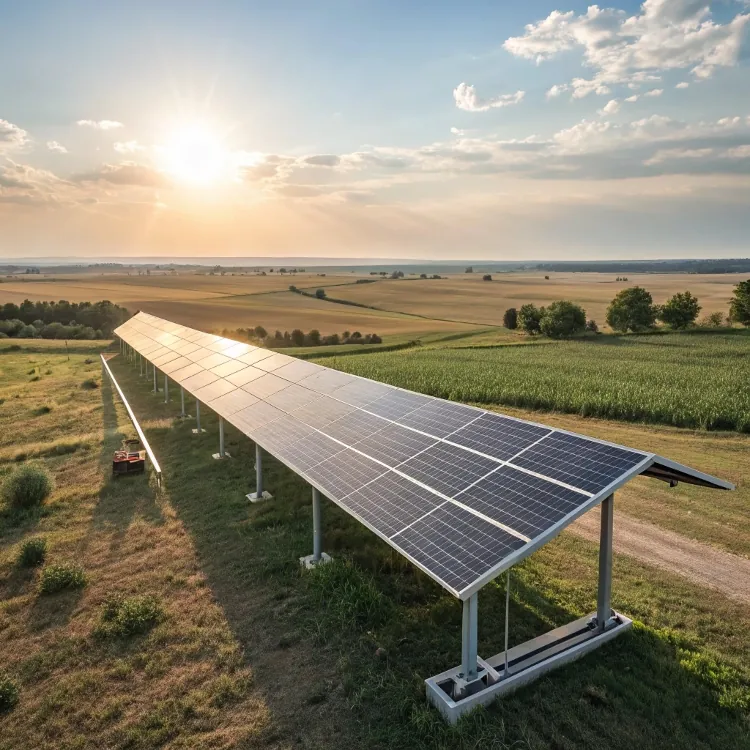
A weak frame means structural failure, warranty claims, or safety issues. That’s not acceptable.
Aluminum framing is strong enough to replace steel in many applications, especially when using 6061-T6 alloy.
It’s not as strong as steel per volume, but the weight-to-strength ratio is excellent. A well-designed aluminum frame handles high loads with less material. In solar racks, machine bases, and modular structures, I’ve seen aluminum outperform expectations when engineered properly.
Strength Comparisons
| Material | Tensile Strength (MPa) | Weight (g/cm3) | Comments |
|---|---|---|---|
| 6061-T6 Aluminum | \~290 | 2.70 | Excellent strength-to-weight |
| Structural Steel | \~400–550 | 7.85 | Stronger but heavier |
| 6063-T5 Aluminum | \~190 | 2.70 | Common in frames |
Load Capacity Depends on Design
It’s not just the material but also the geometry. Hollow box sections, T-slot profiles, and reinforced joints help increase load-bearing performance3. Our engineering team often redesigns client drawings to reduce weight without losing strength.
What are the disadvantages of aluminum frames?
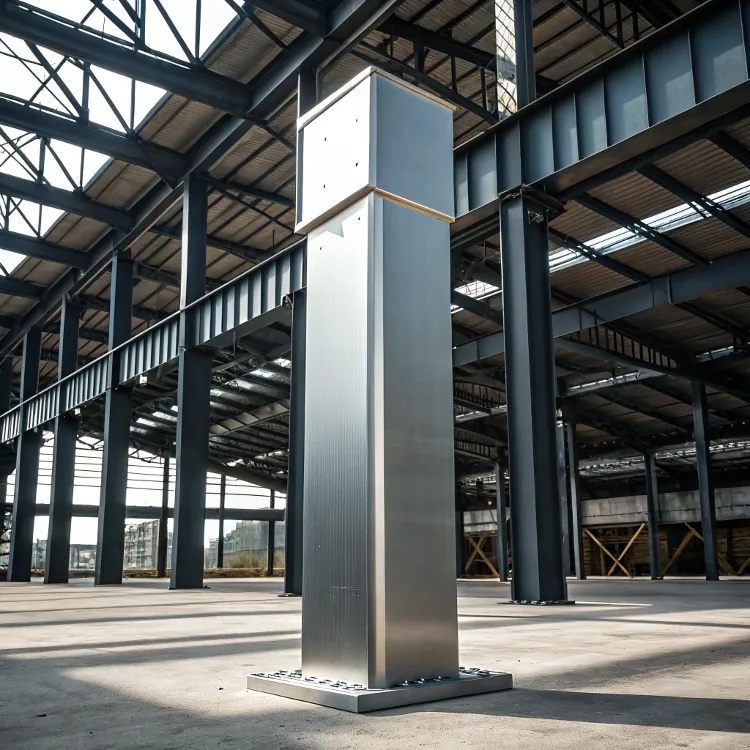
Aluminum isn’t perfect. If you don’t plan for its weaknesses, it can cost you.
Disadvantages include higher material cost4, thermal conductivity5, and lower stiffness compared to steel6.
These are manageable, but you must know them before committing. Here’s what I usually tell our clients:
1. Higher Initial Cost
As discussed earlier, upfront prices are higher than wood or mild steel.
2. Thermal Expansion
Aluminum expands more with heat. This matters in precise structures or glazing systems. We usually include expansion joints in large outdoor frames.
3. Lower Modulus of Elasticity
This means aluminum bends more under load. For large spans, extra thickness or reinforcements are needed.
4. Joining Challenges
Welding aluminum requires skill and special tools. Mechanical joining is more common, especially in T-slot systems.
5. Galvanic Corrosion
If aluminum touches other metals like steel without proper isolation, corrosion can occur. We recommend plastic or rubber insulators in all joints.
Despite these, the pros usually outweigh the cons—especially when lifespan, weight savings, and corrosion resistance matter most.
Conclusion
Aluminum frames are strong, long-lasting, and resistant to rust—but they require smart design to overcome cost and flexibility challenges.
-
Explore this link to understand the long-term benefits and cost-effectiveness of aluminum framing compared to wood. ↩
-
Discover detailed insights on the longevity of aluminum frames and their benefits in construction and design. ↩ ↩ ↩
-
Learn about the impact of design on load-bearing performance, which is essential for optimizing aluminum framing in construction and engineering. ↩
-
Understanding the implications of higher material costs can help you budget effectively for your project. ↩
-
Exploring thermal conductivity will provide insights into how aluminum performs in various temperature conditions, crucial for design decisions. ↩
-
Learning about stiffness differences can guide you in selecting the right materials for structural integrity and performance. ↩



